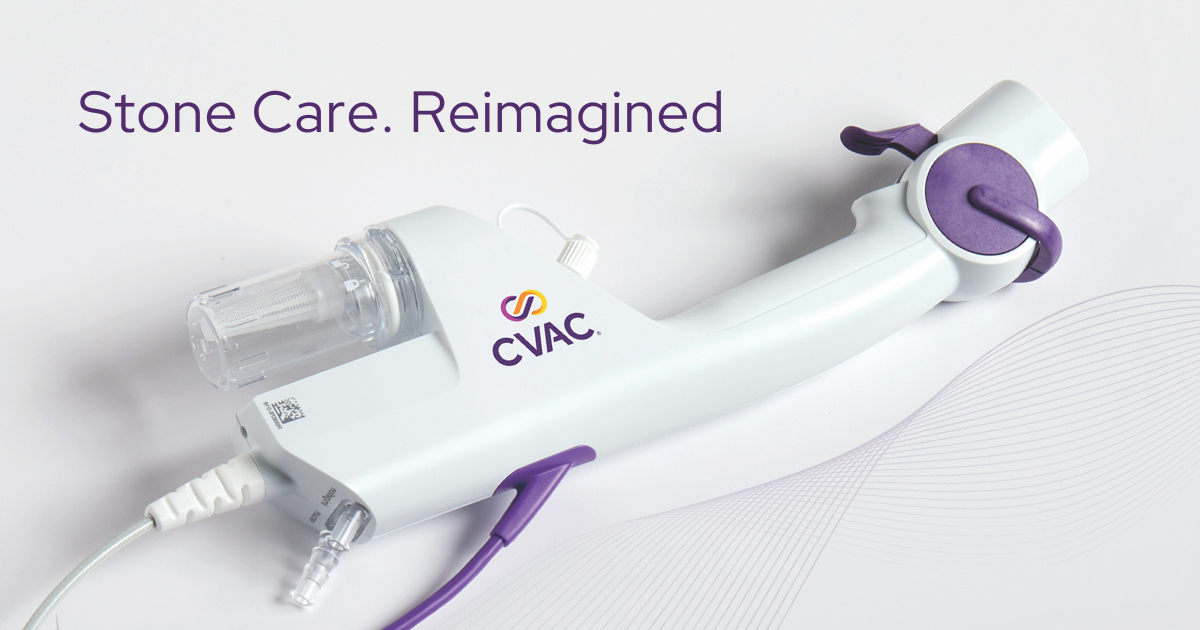Kidney Stones
Kidney Stones*
Kidney stones (calculi) are hardened mineral deposits that form in the kidney. They originate as microscopic particles or crystals and develop into stones over time. The medical term for this condition is nephrolithiasis or renal stone disease.
Stones may pass out of the kidney, become lodged in the tube that carries urine from the kidney to the bladder (ureter), and cause severe, excruciating pain that begins in the lower back and radiates to the groin. A lodged stone can block the flow of urine, causing pressure to build in the affected ureter and kidney. Increased pressure results in stretching and spasm, which cause severe pain.
According to the U.S. National Institutes of Health (NIH), roughly 1 person in 10 develops kidney stones during their lifetime and renal stone disease accounts for 7-10 of every 1,000 hospital admissions. Kidney stones are most prevalent in patients between the ages of 30 and 45, with men affected three times more often than women. Overall incidence declines after age 50.
*Information provided by the Urology Channel.
New Solution for Kidney Stone Treatment
A Revolution in Kidney Stone Care

The SURE (Steerable Ureteroscopic Renal Evacuation) Procedure is a minimally invasive kidney stone treatment that uses laser lithotripsy, irrigation, and vacuum aspiration to achieve complete stone clearance. The SURE procedure is performed exclusively with the CVAC System.